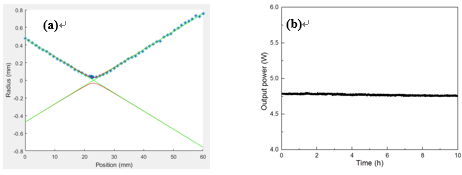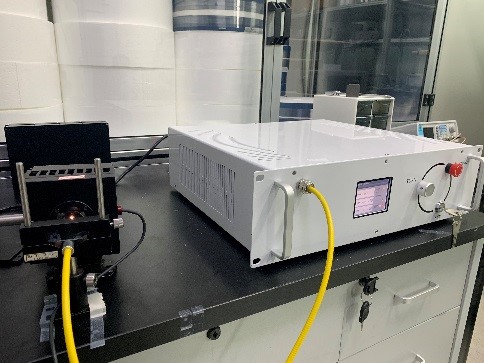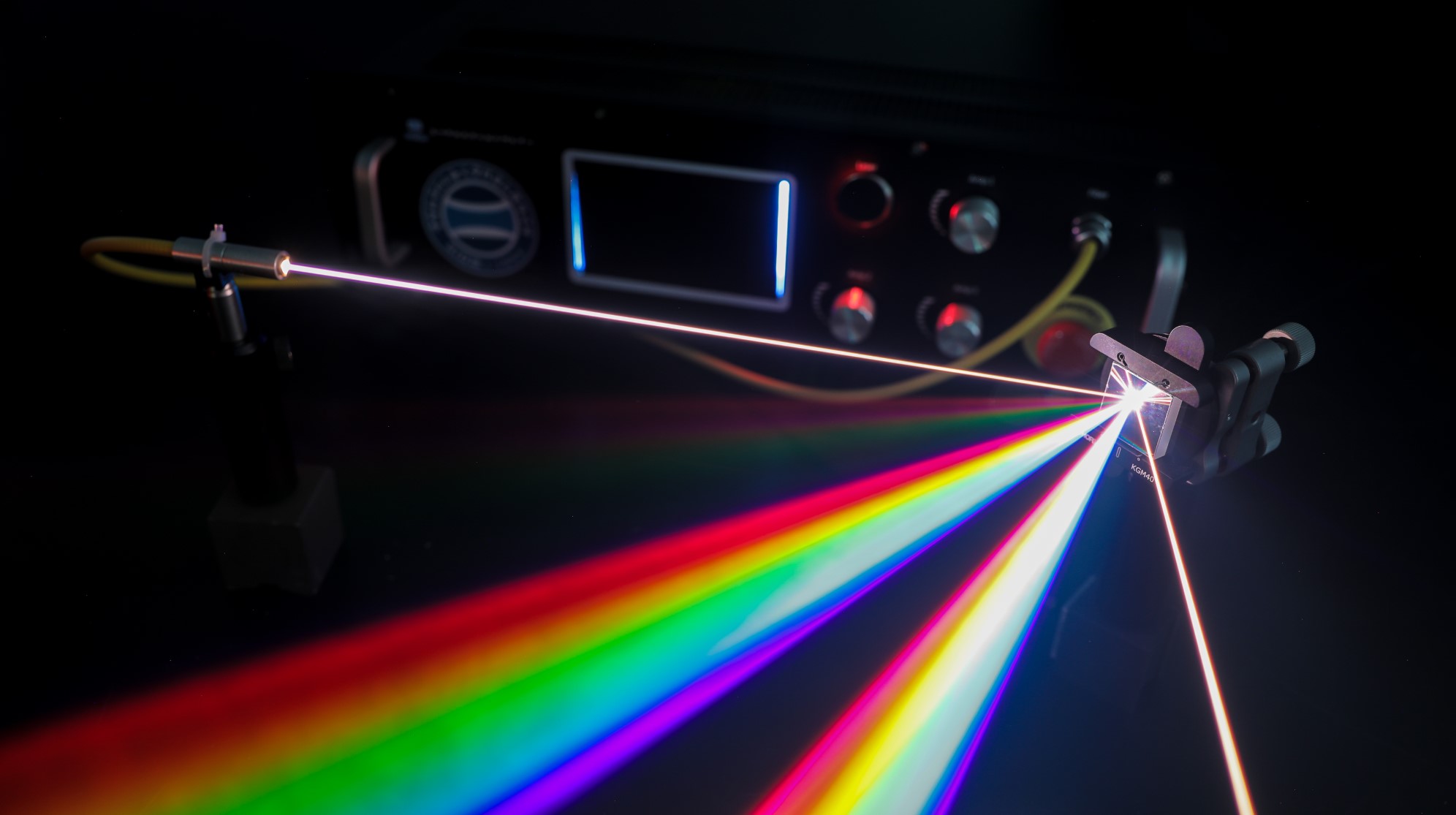Advances in the research of nanosecond and picosecond all-fiber supercontinuum laser have been achieved by Key laboratory of materials for high power laser in Shanghai Institute of Optics and Fine Mechanics, Chinese Academy of Sciences.
With consistent efforts and based on the home-made high-nonlinearity PCFs (photonics crystal fibers), self-developed ultrafast pump sources and high-efficiency fusion coupling technology, researchers have successfully built a variety of engineering prototypes. The output spectral range can be adjusted via changing the internal structure of home-made PCFs. The output spectra of before-mentioned supercontinuum lasers can cover both visible and near infrared bands.
Supercontinuum laser is a kind of ultra-wideband laser source with high brightness with important applications in biomedical imaging, hyperspectral technology, ultra-fast spectral analysis and other technical fields. Ultra-short optical pulse with high peak power is coupled into PCF, and the output spectrum is extremely broadened. The phenomena are attributed to various nonlinear effects when the light propagates in optical fibers. Finally, ultra-wide spectral output can be obtained.
Their study shows that these two kinds of supercontinuum lasers can keep stable and the spectra cover 400-2400 nm. The maximum output power of 5 W is achieved while using the pulse duration of 6 ns and repetition rate of 1 MHz. These are the parameters of nanosecond supercontinuum laser. Picosecond supercontinuum laser can also achieve the maximum power of 5 W. In addition, repetition frequency can be selected in the range of 20-60 MHz when maintaining pulse width at a few picosecond (5-50 ps).
The achievements are in the forefront of "supercontinuum laser source" both here and abroad; and among them, the pulse width and visible light power density of picosecond supercontinuum laser source are breakthroughs in China.

Fig1. (a) M2 test result of all-fiber supercontinuum (b) Output power variation of all-fiber supercontinuum laser within 10 h running time.


Fig. 2(a) Nanosecond all-fiber supercontinuum laser; (b) Picosecond all-fiber supercontinuum laser.(Images by SIOM)
Contact:
Mr. Cao Yong
General Administrative Office
Shanghai Institute of Optics and Fine Mechanics, CAS
Email: caoyong@siom.ac.cn
Home | About SIOM | Newsroom | International | Admissions | Publications | Contact
@ Shanghai Institute of Optics and Fine Mechanics Tel:02169918000 沪ICP备05015387号-1 Technical support:Qingyun Software